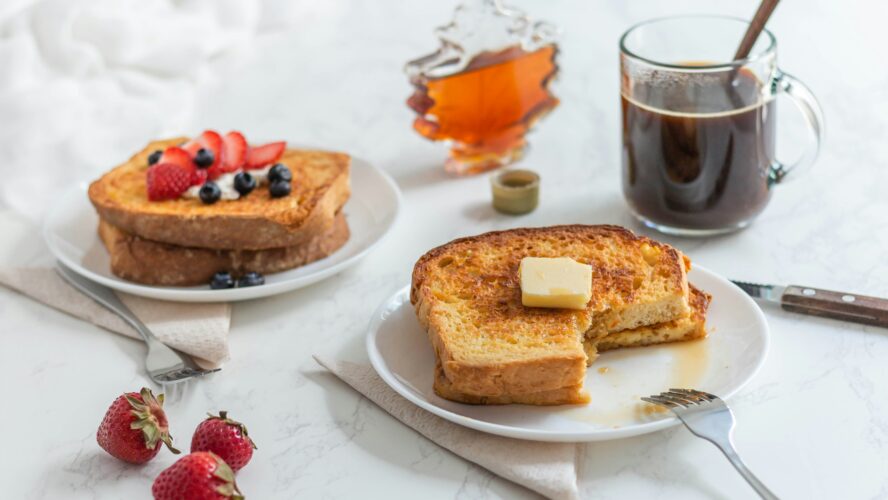Superfood Sweetener: Maple Syrup is Nutritious and Low Glycemic
Read on to see why experts call maple syrup the most nutritious sweetner.

Maple syrup is a delicious complement to many meals. It makes for a great addition to desserts just as much as it does to meat dishes. It adds just the right balance of smokiness and sweetness to whatever it adorns.
However, maple syrup should be prized for more than just its taste — it is packed with health-boosting properties and has a low glycemic index. Subbing in pure maple syrup in place of other sweeteners will do your body and your taste buds a whole lot of good!
What Science Says About Maple Syrup as a Sweetner
In 2011, the University of Rhode Island identified 54 beneficial compounds in maple syrup, five of which have never before seen in nature. These compounds have anti-inflammatory properties, which prevent illnesses including heart disease, diabetes, cancer and Alzheimer’s.
Nutrition level aside, maple syrup is also unlike sugar and several other sweeteners in that it is considered to have a low glycemic index. (The glycemic index measures how quickly a certain food raises blood sugar levels.) Foods with a glycemic index of 55 or below are considered to be low glycemic foods. Pure maple syrup has a glycemic index of 54 – that’s low! Pure honey has an index of 58 and table sugar an index of 65.
What’s the Difference Between Maple Syrup and Pancake Syrup?
Pure maple syrup is much different than products label as “breakfast” or “pancake” syrups. These common syrups are made from high-fructose corn syrup and flavoring – nothing in terms of quality and taste when compared to actual maple syrup. Pure maple syrup is derived from the sap of maple trees. After extracted from the tree, the sap is boiled to increase the sweetness and to create a thicker syrup.
According to Mountain Mansfield Maple Products operating in Vermont, once the sap reaches 66.9 percent sugar, it has effectively been transformed to maple syrup. If the sap is one percent sugar, it takes some 86 gallons to make 1 gallon of maple syrup and if it is two percent sugar, it takes some 43 gallons to make one gallon of maple syrup…no wonder pure maple syrup is quite expensive!
Maple Syrup: The Basics
Canada is responsible for the production of 80 percent of the world’s maple syrup. It grades its syrups as Canada #1, which encompasses Extra Light (AA), Light (A), and Medium (B); Canada #2, which includes Amber (C); and Canada #3, which includes Dark (D).
The U.S. divides its maple syrups into two grades – Grade A and Grade B. Grade A involves the lighter shades and is generally used more liberally. Grade B is dark and commonly used for cooking and baking. Vermont produces five percent of the world’s maple syrup, utilizing a very strict set of grading standards and is more detailed in its classification.
Related on Organic Authority:
Why We Really Love Winter: 9 Vegan Recipe with Maple Syrup
Guide to 10 Natural Sweeteners

